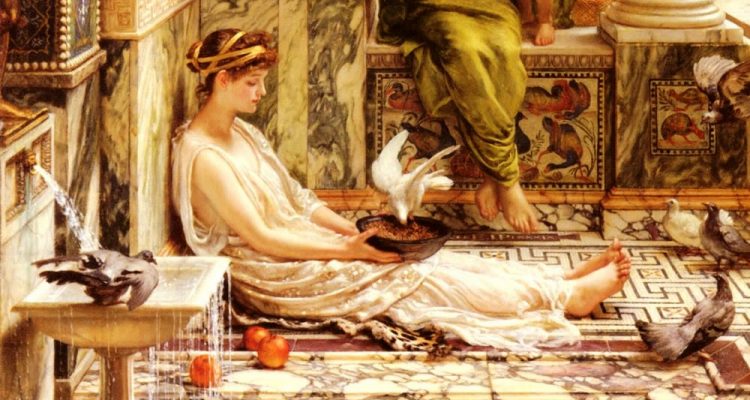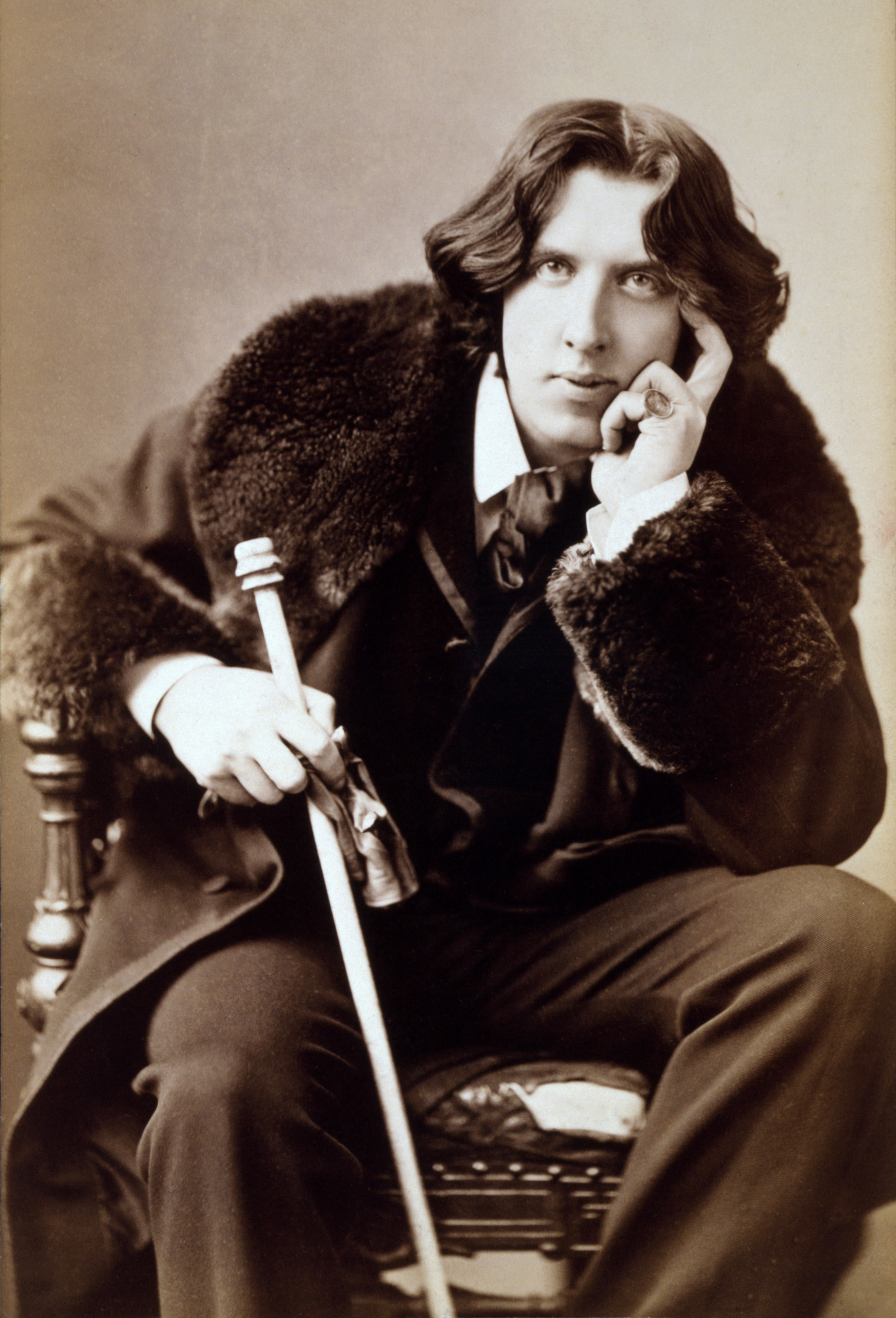The Villanelle
The villanelle has humble origins as a rustic Italian song, but over the past few centuries it has developed into a highly structured form of poetry. Villanelle is derived from the Italian word villano, meaning a peasant. Originated as a dance song with pastoral themes. 
A nineteen-line poem divided into five tercets (three-line stanzas) and a closing quatrain (four-line stanza), the villanelle is further constrained by a regular rhyming scheme and two refrains that are echoed in each stanza. For those of us who are familiar with Ghazals, one can see some similarities in the structure of the two. A classic example of a strict villanelle is Dylan Thomas’s “Do not go gentle into that good night,” though the poem’s structure is so particular many poets choose to break its tight confines and compose near-villanelles, such as Elizabeth Bishop’s “One Art.”

Dylan Thomas
A highly structured villanelle is a nineteen-line poem with two repeating rhymes and two refrains. The first and third lines of the opening tercet are repeated alternately in the last lines of the succeeding stanzas; then in the final stanza, the refrain serves as the poem’s two concluding lines. Using capitals for the refrains and lowercase letters for the rhymes, the form could be expressed as: A1 b A2 / a b A1 / a b A2 / a b A1 / a b A2 / a b A1 A2.
Strange as it may seem for a poem with such a rigid rhyme scheme, the villanelle did not start off as a fixed form. During the Renaissance, the villanella and villancico (from the Italian villano, or peasant) were Italian and Spanish dance-songs. French poets who called their poems “villanelle” did not follow any specific schemes, rhymes, or refrains. Rather, the title implied that, like the Italian and Spanish dance-songs, their poems spoke of simple, often pastoral or rustic themes.
While some scholars believe that the form as we know it today has been in existence since the sixteenth century, others argue that only one Renaissance poem was ever written in that manner—Jean Passerat’s “Villanelle,” or “J’ay perdu ma tourterelle”—and that it wasn’t until the late nineteenth century that the villanelle was defined as a fixed form by French poet Théodore de Banville.
Regardless of its provenance, the form did not catch on in France, but it has become increasingly popular among poets writing in English. An excellent example of the form is Dylan Thomas’s –
“Do not go gentle into that good night.”
‘Do not go gentle into that good night,
Old age should burn and rave at close of day;
Rage, rage against the dying of the light.
Though wise men at their end know dark is right,
Because their words had forked no lightning they
Do not go gentle into that good night.
Good men, the last wave by, crying how bright
Their frail deeds might have danced in a green bay,
Rage, rage against the dying of the light.
Wild men who caught and sang the sun in flight,
And learn, too late, they grieved it on its way,
Do not go gentle into that good night.
Grave men, near death, who see with blinding sight
Blind eyes could blaze like meteors and be gay,
Rage, rage against the dying of the light.
And you, my father, there on the sad height,
Curse, bless, me now with your fierce tears, I pray.
Do not go gentle into that good night.
Rage, rage against the dying of the light.’
Contemporary poets have not limited themselves to the pastoral themes originally expressed by the free-form villanelles of the Renaissance, and have loosened the fixed form to allow variations on the refrains. Elizabeth Bishop’s “One Art.” is another well-known example; other poets who have penned villanelles include W H Auden, Oscar Wilde, Seamus Heaney, David Shapiro, and Sylvia Plath. 
The strict structure of the original Villanelle put many of the artists off from venturing into this, many have taken liberties with the structure and been extremely successful. Nowadays many of the song writers have taken elements of the Villanelle into their Ballads.
I too have taken some liberties in constructing what I understand to be a “free Villanelle”; Men have sacrificed more than their life and limb for a pretty maiden in history and still continue to do so. An analogy of a bee to a flame springs to mind.
Bee to a flame
Strange indeed you have the art of stealing
O nimble eyed maiden, in bright daylight
When people are wide awake, listening
You steal men’s hearts and that from a distance
Look at me once more girl in light
With eyes tapering and long like a lance
We have heard it said that in this world
Light is an antidote to light
To brighten ones own world
Lily eyed one listen to the world
To the slander and slight
Of my wanderings throughout the world
Your face sweetheart, is a flower
A lotus flower in the depth of night
You hide in a drift of flowers
How on earth shall I find you, my love
Like a roving black bee at night
Looking for my flower of love
Wandering, still searching for my love.
Shankar Kashyap
Valentine days bring mixed emotions in lover’s minds. Anxious, excited and full of expectation, lover’s mind wanders towards poetry. Not surprising that it is full of passion mixed with anxiety and tenderness.
Be gentle with me
Be gentle with me sweet darling of mine
I am but a wounded deer in the dale
You are and you will be that gorgeous girl of mine
My heart beats for you just fine
When you lift up my heart so stale
You do be gentle sweet darling of mine
The stars above in the dark sky shine
The blooms and buds down in the vale
Wait in patience for gorgeous girl of mine
The innocent peacock’s light up fine
Dancing away their blues down in the dale
As the see the sweet darling of mine
The stars above in the dark sky shine
Down at the deep darkness of the vale
You are and you will be that gorgeous girl of mine
My sweetheart, my darling, all of mine
Don’t make me wait and let my heart go stale
I see in my being that sweet darling of mine
You are and you will be that gorgeous girl of mine
Shankar Kashyap
Shankar Studios at Etsy for downloadable paintings





